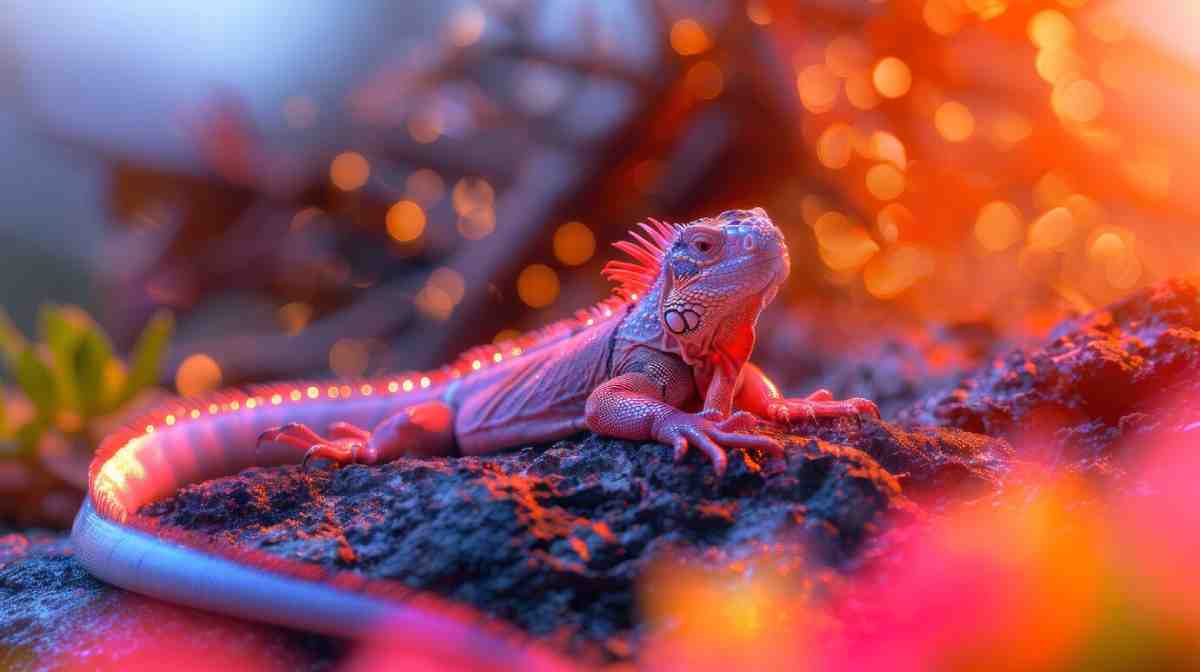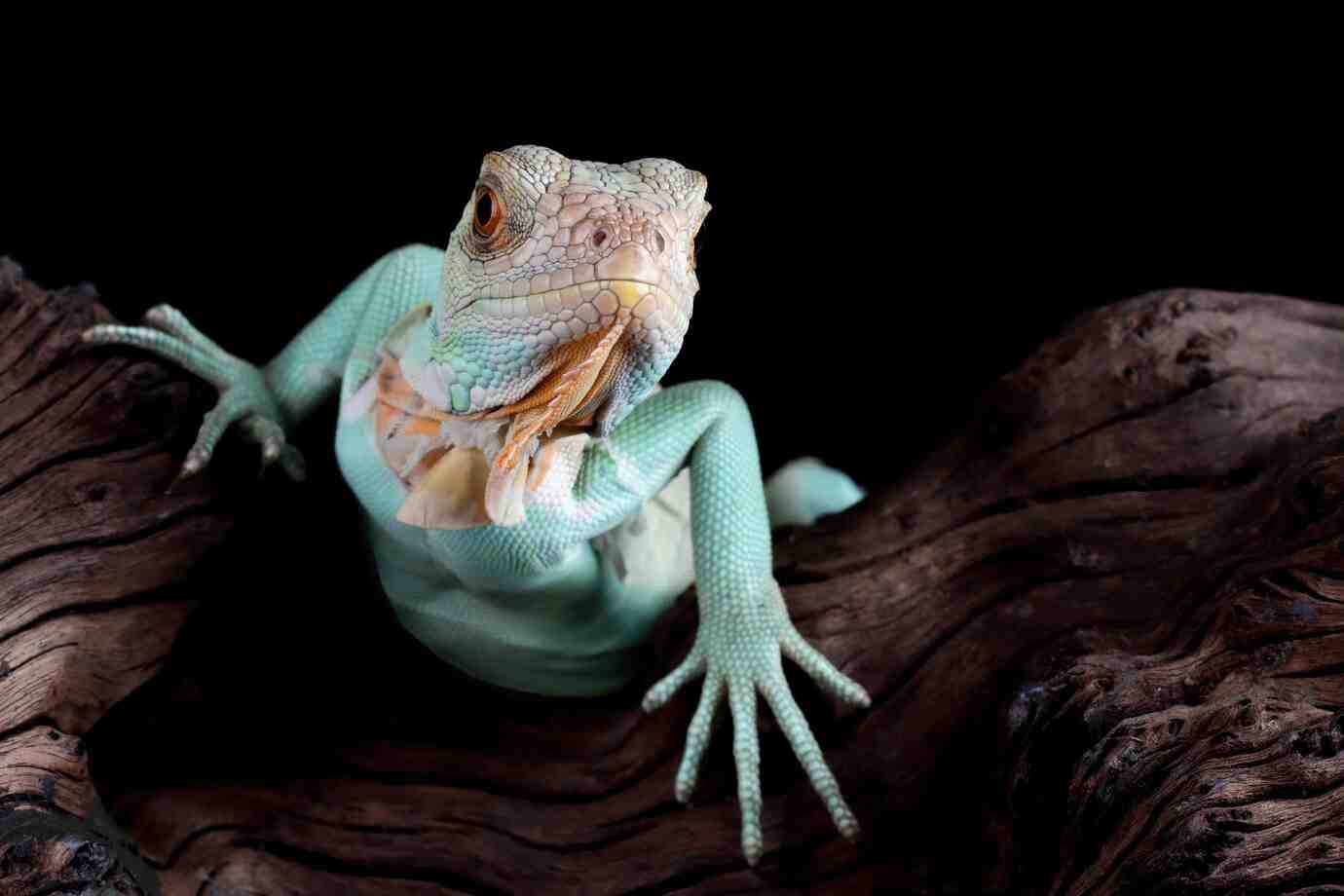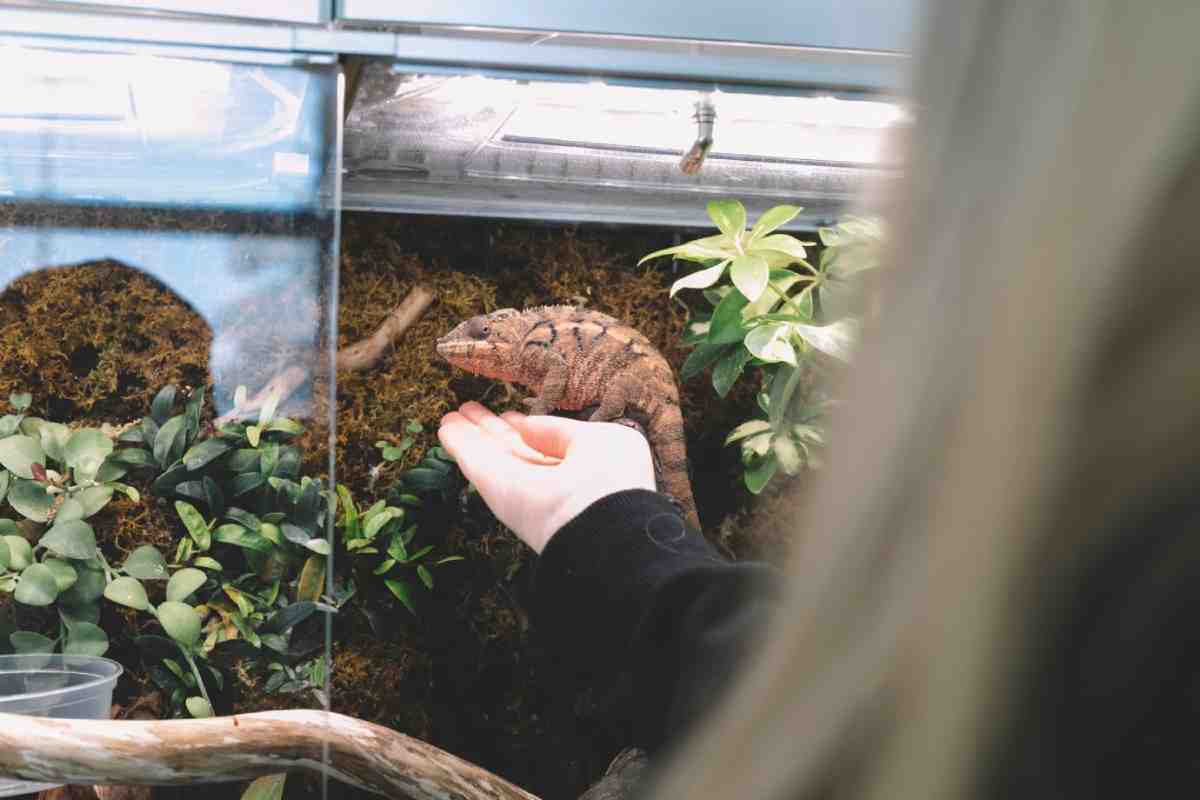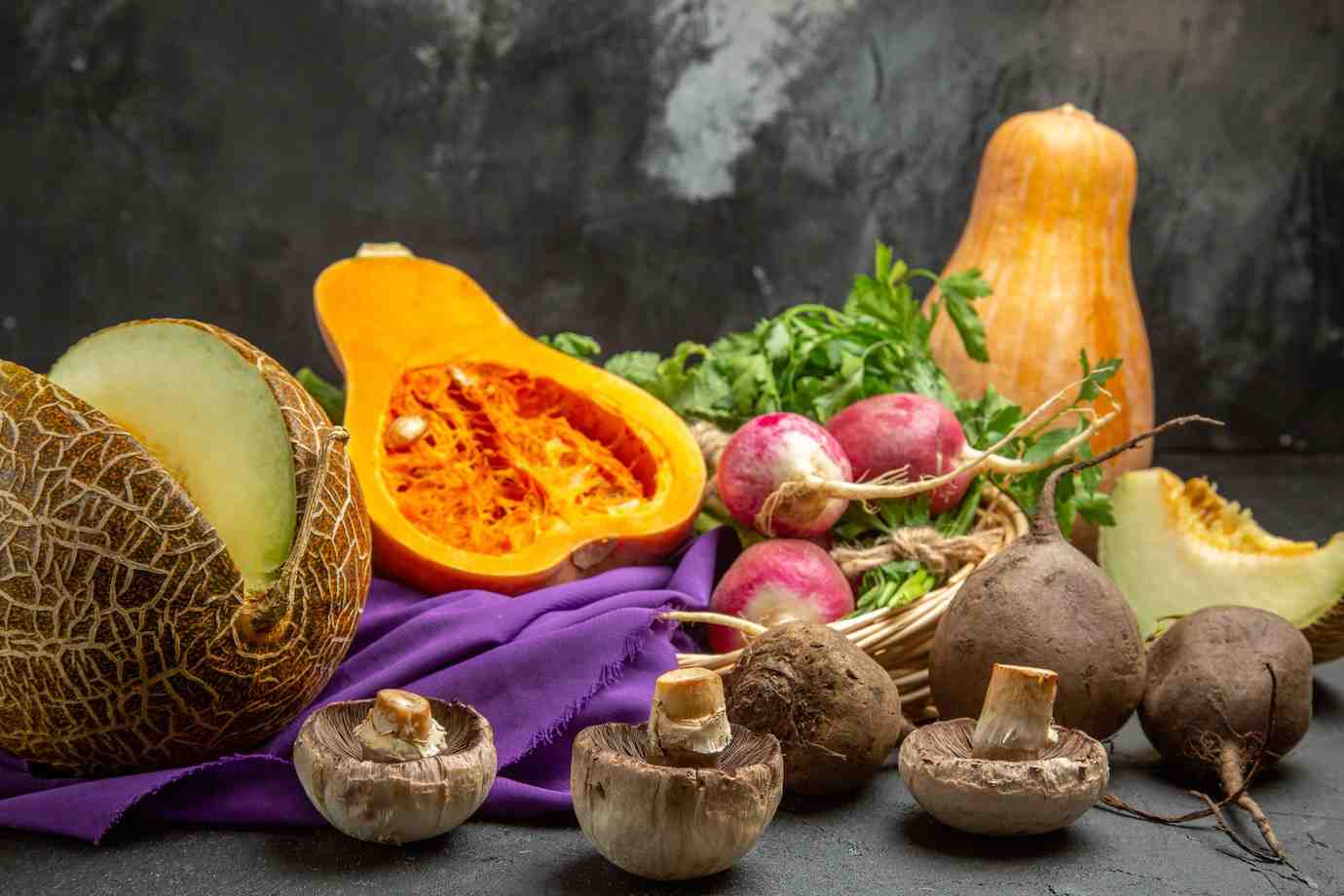
Safe Fruits and Vegetables for Reptiles
When it comes to feeding reptiles, the spotlight is often on insects, pellets, or pre-mixed salads. But if you’re caring for a herbivore or omnivore, fruits and vegetables can play a big role in your pet’s overall health. The key is knowing which produce items are safe, nutritious, and how often they should be served.
This guide is your go-to list for building a well-balanced reptile veggie diet, complete with the best safe fruits for reptiles and guidelines for using them as healthy reptile treats. Whether you have a bearded dragon, tortoise, iguana, or omnivorous gecko, this article will help you feed with confidence.
Why Fresh Fruits and Vegetables Matter
Many reptiles rely on fruits and vegetables for essential nutrients. These foods provide:
- Vitamins and minerals
- Hydration
- Fibre for digestion
- Natural sugars for energy (in small amounts)
- Enrichment and variety in their diet
However, not all fruits and vegetables are suitable. Some contain oxalates, goitrogens, or high sugar levels that can cause long-term issues if overused.
Balance is key: think of vegetables as staples, and fruits as occasional treats.
Understanding Your Reptile’s Dietary Type
Not all reptiles can safely eat fruits or vegetables. Before feeding, check your pet’s natural diet in the wild.
Herbivores:
- Eat only plants
- Examples: Green iguanas , tortoises, uromastyx
- Need daily salads with mostly greens and vegetables
Omnivores:
- Eat both plant and animal foods
- Examples: Bearded dragons, blue-tongue skinks, some geckos
- Can enjoy fruits and vegetables along with insects or meat
Insectivores:
- Eat only insects
- Examples: Leopard geckos, crested geckos (with fruit-based meal replacements)
- Vegetables are generally not needed; fruit is optional for some
Best Vegetables for a Reptile Veggie Diet
Vegetables should make up the bulk of a herbivore’s diet and about 20–30% of an omnivore’s.
Staple Veggies (Feed Often)
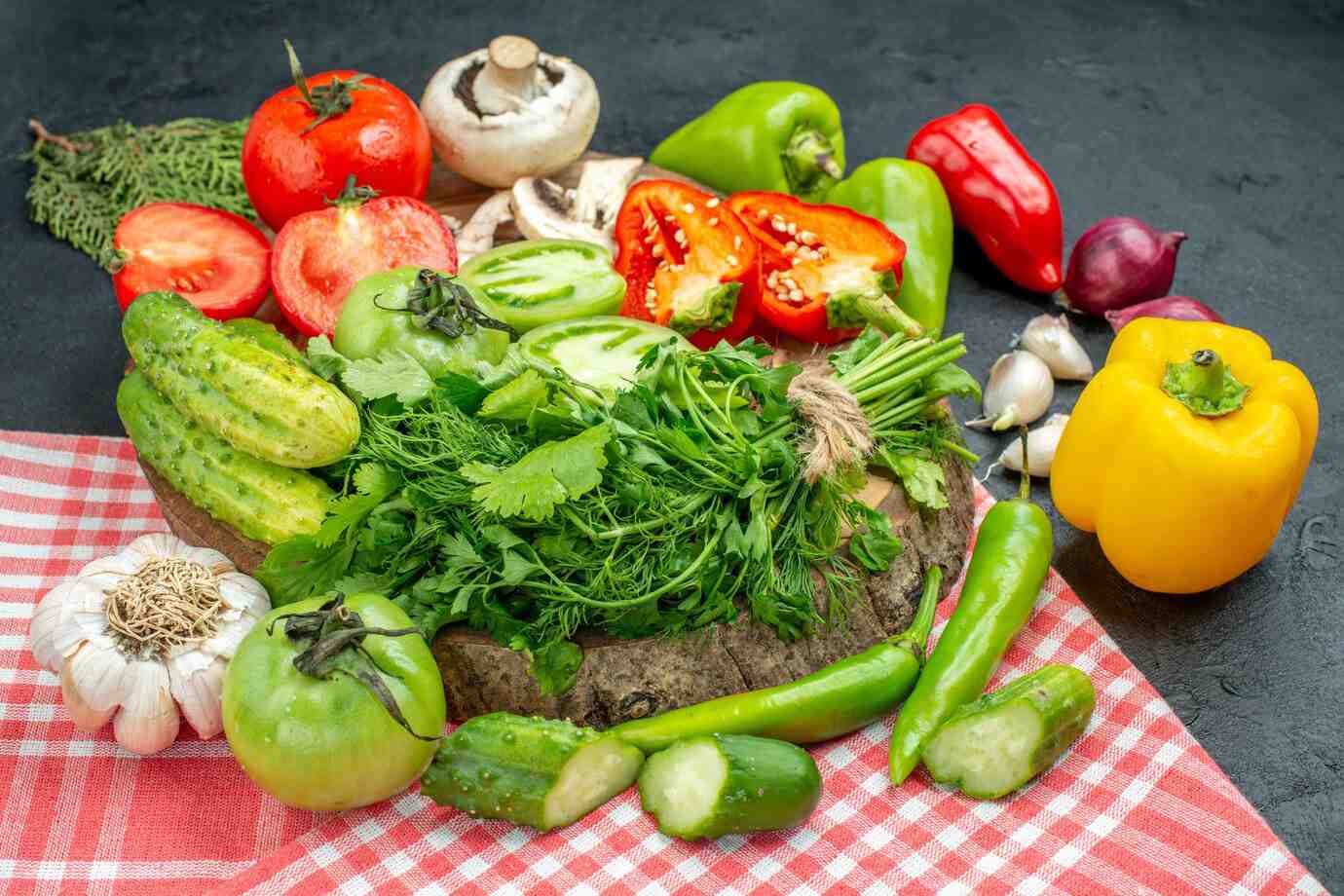
These are nutrient-rich, low in sugar, and safe for regular use.
- Collard greens
- Mustard greens
- Dandelion greens
- Endive
- Escarole
- Butternut squash (grated or chopped)
- Bell peppers
- Turnip greens
- Cactus pads (nopales)
- Okra
- Green beans
Tip: Chop veggies finely to make them easier to eat and digest.
Occasional Veggies (Feed in Moderation)
These are fine in small amounts, but too much can cause issues.
- Carrots (grated, high in vitamin A)
- Kale (can be high in oxalates)
- Spinach (limit due to calcium-blocking compounds)
- Swiss chard
- Zucchini
- Pumpkin
- Sweet potato (lightly steamed)
Rotate different vegetables weekly to prevent overexposure to any one compound.
Safe Fruits for Reptiles
Fruits are sweet, hydrating, and make great healthy reptile treats, but they’re not meant to be a daily food.
Keep fruit at 5–10% of the total diet for herbivores and omnivores. Offer fruit just 2–3 times per week.
Safe Fruits (Use as Treats)
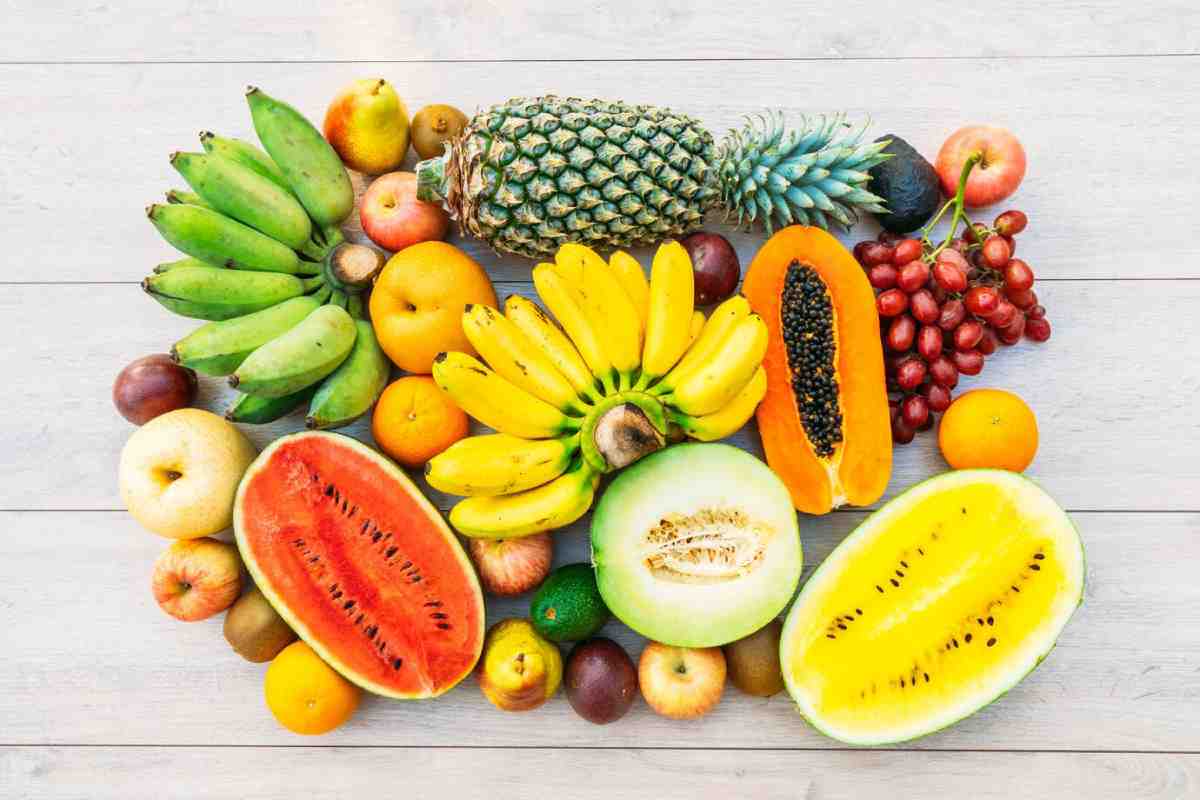
- Papaya
- Mango
- Blueberries
- Strawberries
- Watermelon (seedless)
- Apples (no seeds or core)
- Grapes (cut in halves, seedless)
- Pear
- Melon (cantaloupe or honeydew)
- Banana (small amount only)
- Kiwi (peeled)
Hydration Boost: Fruits like watermelon and cucumber (technically a fruit) can help keep reptiles hydrated in dry months.
Fruits and Vegetables to Avoid
Some fruits and veggies are either toxic, too sugary, or interfere with calcium absorption. Avoid or strictly limit the following:
Vegetables to Avoid:
- Iceberg lettuce (mostly water, no nutrition)
- Rhubarb (toxic)
- Onion
- Garlic
- Mushrooms
- Leeks
- Cabbage (goitrogens — limit heavily)
Fruits to Avoid or Limit:
- Citrus fruits (oranges, lemons — too acidic)
- Avocado (toxic to many reptiles)
- Cherries (remove pits, use rarely)
- Tomato (can irritate stomachs)
- Dried fruits (too sugary and sticky)
If in doubt, avoid giving it until you can confirm it’s safe.
Feeding Tips: How to Prepare and Serve
Making meals fun and nutritious doesn’t take much time — just a few key practices.
Do:
- Wash all produce before feeding
- Chop food into bite-sized pieces
- Mix multiple veggies to encourage variety
- Mist the salad with water for hydration
- Serve in a shallow dish to reduce mess
Don’t:
- Use canned fruits or veggies with added sugar or salt
- Let uneaten food sit too long (remove after a few hours)
- Serve cold food — room temperature is best
Sample Feeding Plan: A Week of Variety
Here’s an example weekly veggie and fruit rotation for a bearded dragon or tortoise:
| Day | Vegetables | Fruit |
| Mon | Collard greens + bell pepper | – |
| Tue | Mustard greens + squash | Mango slice |
| Wed | Turnip greens + cactus pad | – |
| Thu | Endive + okra | Watermelon cube |
| Fri | Escarole + carrot (grated) | Blueberry |
| Sat | Dandelion greens + green beans | Papaya chunk |
| Sun | Mix of leftovers | – |
Signs of a Healthy Reptile Diet
When your reptile eats a balanced mix of plants and treats, you’ll see it in their behaviour and appearance.
Positive Signs:
- Regular appetite
- Smooth, complete sheds
- Bright eyes and active movement
- Firm, regular droppings
- Healthy weight and skin
Red Flags:
- Refusing food for more than a few days
- Loose stools or smelly droppings
- Swollen limbs or soft jaw (sign of low calcium)
- Rapid weight loss
Supplements Still Matter
Even the best veggie and fruit mix can’t cover every vitamin or mineral. Continue using:
- Calcium powder (with or without D3): 3–5 times a week depending on species and lighting
- Multivitamins: Once a week
- Probiotics (optional): Helps digestion, especially during stress or after illness
Dust produce lightly if your reptile won’t eat insects, or mix supplements into soft fruits like mashed banana.
Feed Smart, Feed Fresh
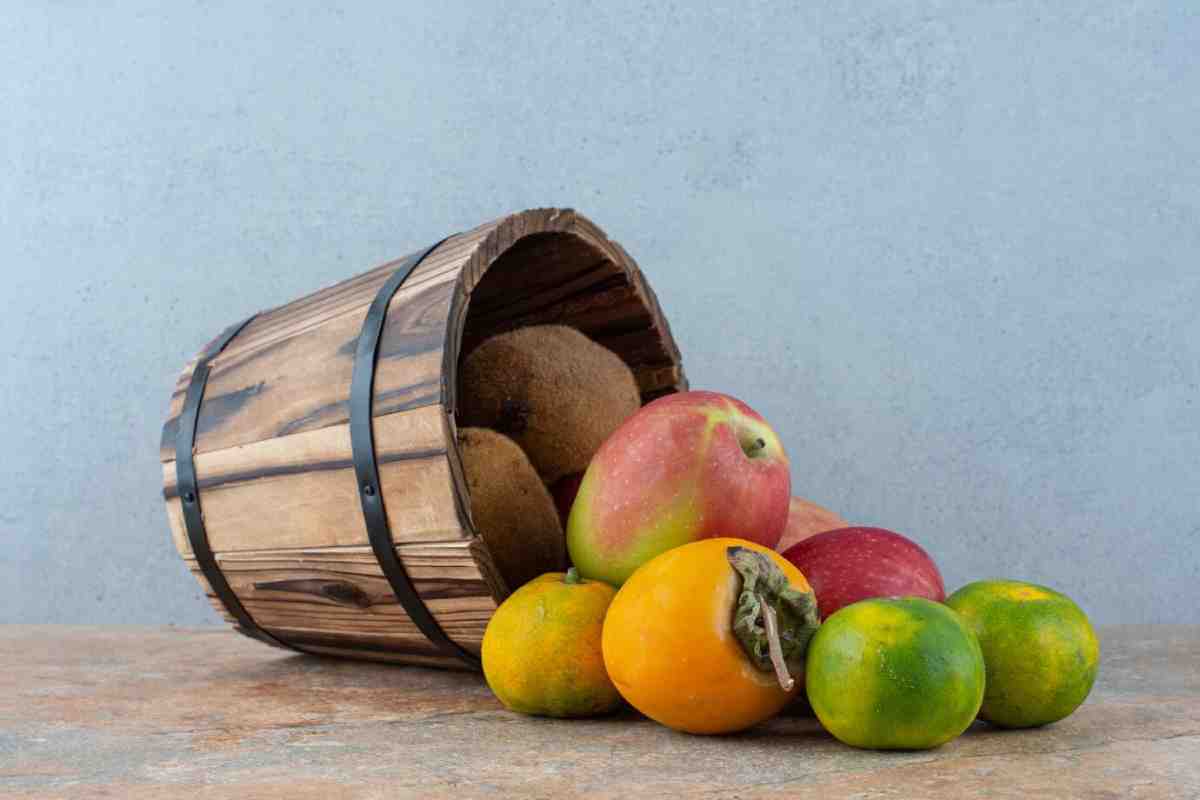
Feeding your reptile fruits and vegetables isn’t just about filling a bowl. It’s about building a long-term plan for energy, growth, hydration, and enrichment. With a solid list of safe fruits for reptiles and a rotating mix of staple vegetables, you’ll have a diet your pet loves — and one that supports their health at every stage.
